The founder of the human-computer brain linkup firm has big plans.
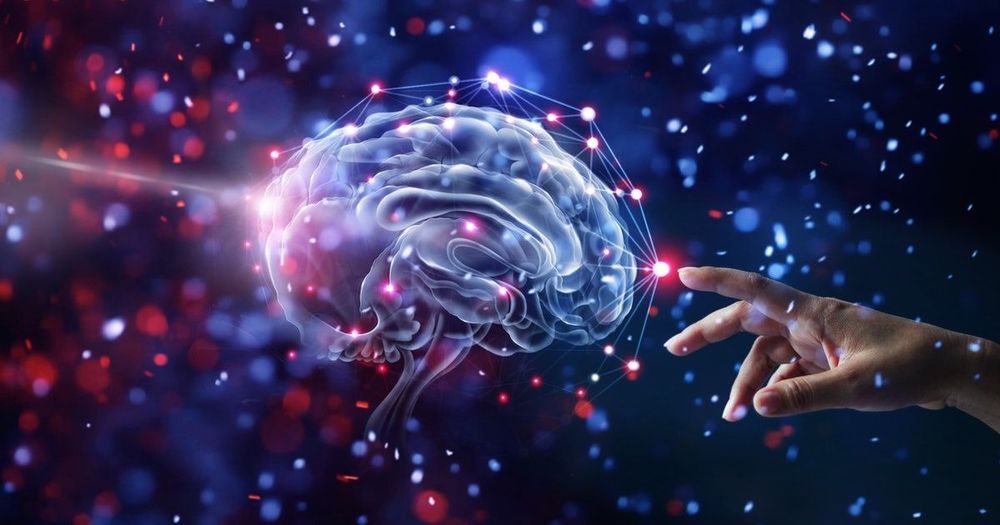

MDMA and psilocybin have been granted breakthrough therapy status by the FDA, signaling a shift in the future of mental health treatment.
Clinical studies are underway. How we treat them moving forward matters.

A recent study by MIT found a low-pitched buzz-like sound and strobe lights can be used to replicate brain waves impeded by Alzheimer’s, which improved cognitive function and helped remove plaque in mice displaying symptoms of the disease. The approach hasn’t been tested in humans yet, but if it’s possible to copy these results, it might turn into a drug-free, inexpensive way to treat this condition.
The Secret: Applying Sound and Light at the Same Frequency
The study in question follows up on a previous one, which showed that flashing light and playing sound 40 times a second into the eyes of mice with Alzheimer’s, improved their condition. According to MIT researcher Li-Huei Tsai, there is substantial reduction of amyloid protein and increased prefrontal cortex engagement when visual and auditory stimulation is combined over a period of one week. The prefrontal cortex is the part of the brain most active in cognitive functions.
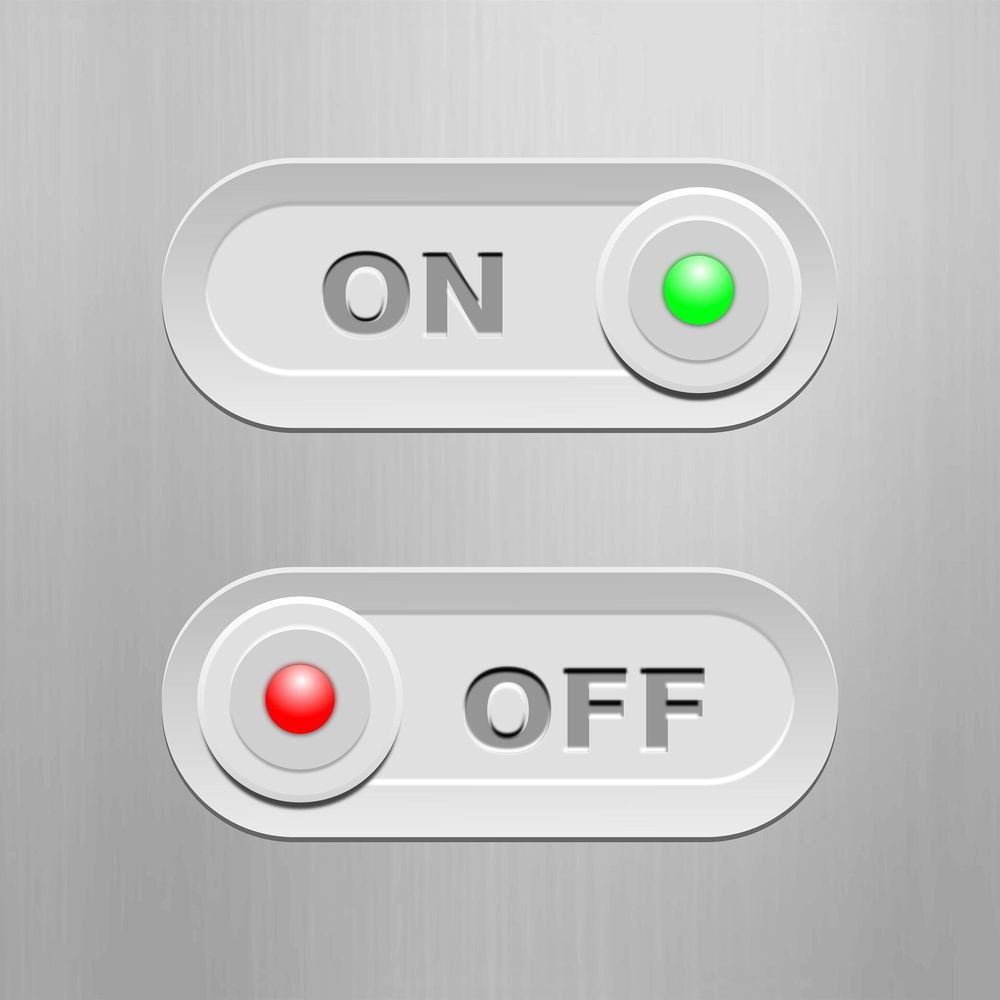
Chronic inflammation, which results when old age, stress or environmental toxins keep the body’s immune system in overdrive, can contribute to a variety of devastating diseases, from Alzheimer’s and Parkinson’s to diabetes and cancer.
Now, scientists at the University of California, Berkeley, have identified a molecular “switch” that controls the immune machinery responsible for chronic inflammation in the body. The finding, which appears online Feb. 6 in the journal Cell Metabolism, could lead to new ways to halt or even reverse many of these age-related conditions.
“My lab is very interested in understanding the reversibility of aging,” said senior author Danica Chen, associate professor of metabolic biology, nutritional sciences and toxicology at UC Berkeley. “In the past, we showed that aged stem cells can be rejuvenated. Now, we are asking: to what extent can aging be reversed? And we are doing that by looking at physiological conditions, like inflammation and insulin resistance, that have been associated with aging-related degeneration and diseases.”
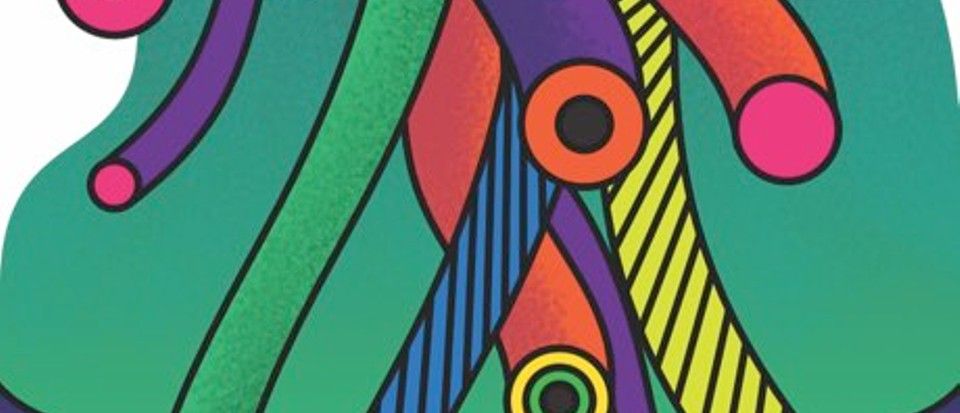
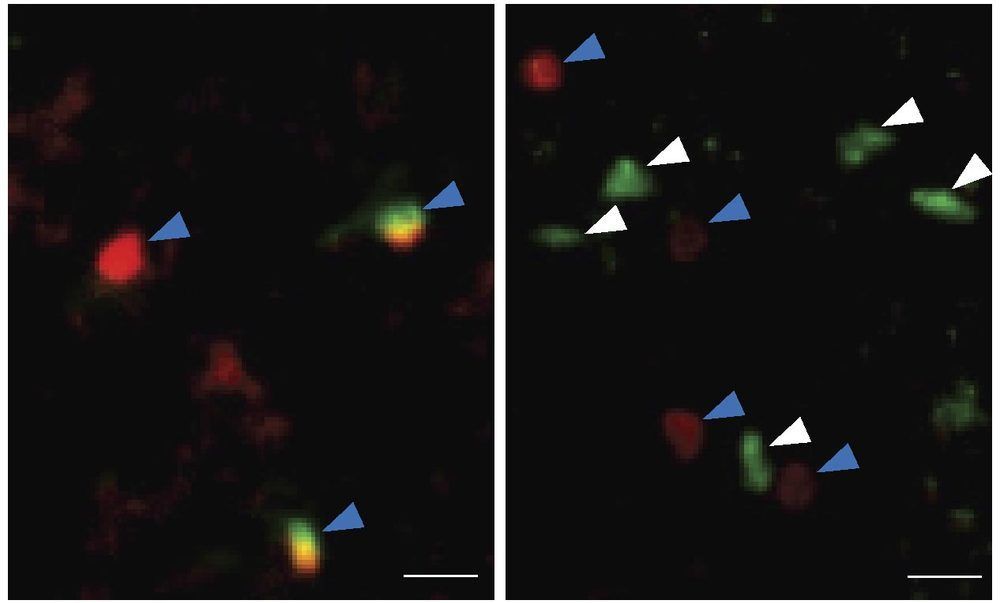
Researchers at Albany Medical College in New York have discovered that a specific type of immune cell accumulates in older brains, and that activating these cells improves the memory of aged mice. The study, which will be published on February 5, 2020, in the Journal of Experimental Medicine (JEM), suggests that targeting these cells might reduce age-related cognitive decline and combat aging-associated neurodegenerative disease in humans.
The brain is highly susceptible to aging, with cognitive functions, such as learning and memory, gradually declining as we get older. Much of the body’s immune system also deteriorates with age, resulting in increased susceptibility to infection and higher levels of inflammation. In their new JEM study, however, a team of researchers led by Qi Yang and Kristen L. Zuloaga at Albany Medical College reveal that aging-related changes in a class of immune cell known as group 2 innate lymphoid cells (ILC2s) could allow doctors to combat the effects of aging on the brain.
ILC2s reside in specific tissues of the body and help to repair them when they are damaged. Recently, for example, ILC2s in the spinal cord were shown to promote healing after spinal cord injury. “However, whether ILC2s also reside in other parts of the central nervous system, and how they respond to aging, was unknown,” Yang says.
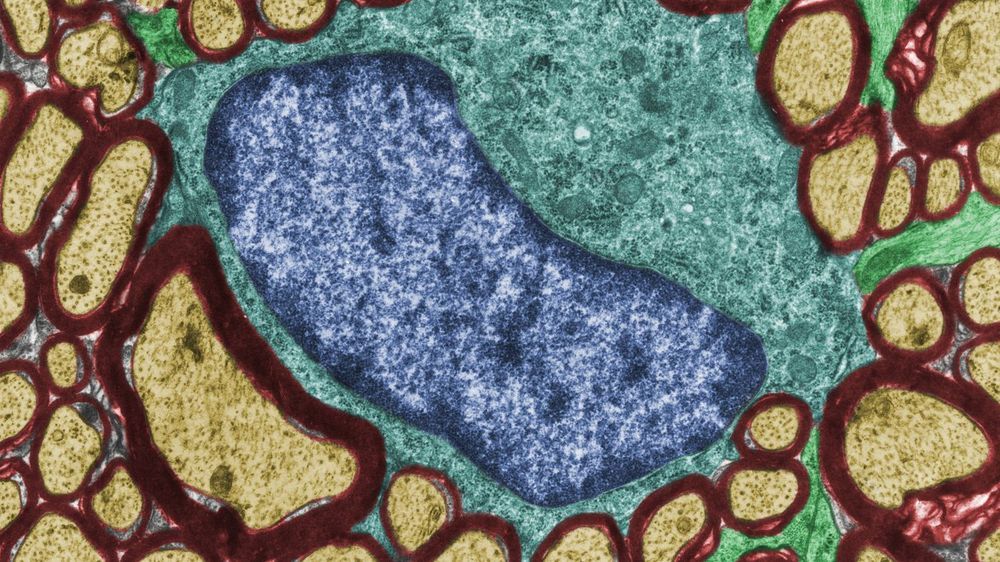
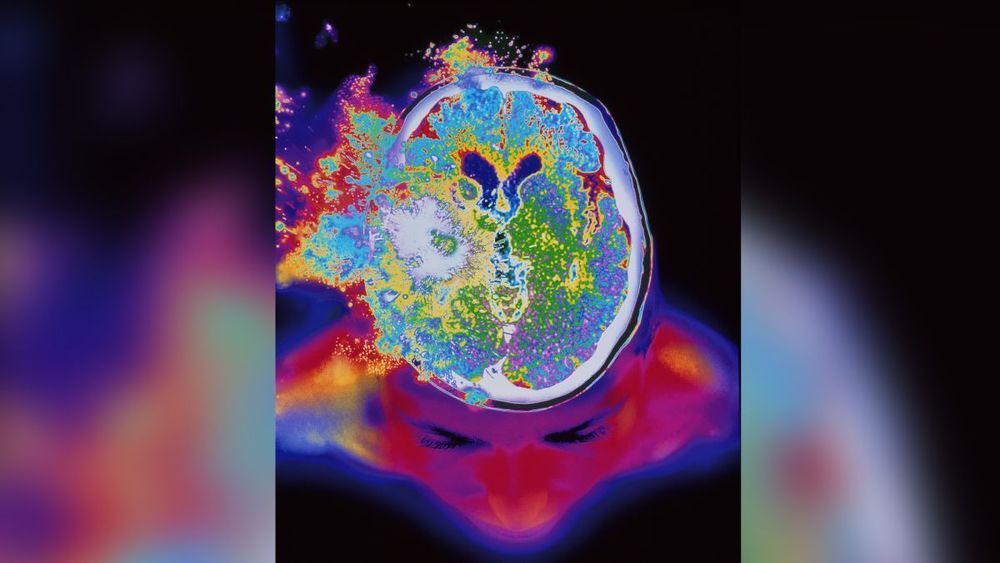

He remarks that we are at Kittyhawk as far as life extension goes. Most folks, including the Wright brothers, did not see a widespread use for aircraft at the time. Today in life extension the scientists working on it really do know what they are chasing.
My mission is to drastically improve your life by helping you break bad habits, build and keep new healthy habits to make you the best version of yourself.
- Please consider donating: https://paypal.me/BrentNally or my Bitcoin Cash (BCH) address: qr9gcfv92pzwfwa5hj9sqk3ptcnr5jss2g78n7w6f2 or Patreon
Follow Brent on social media:
- Instagram: https://instagram.com/brent.nally/